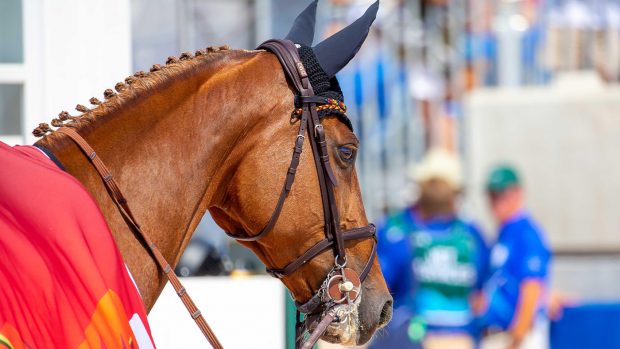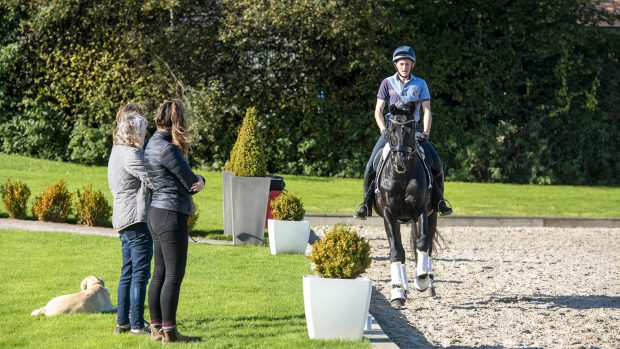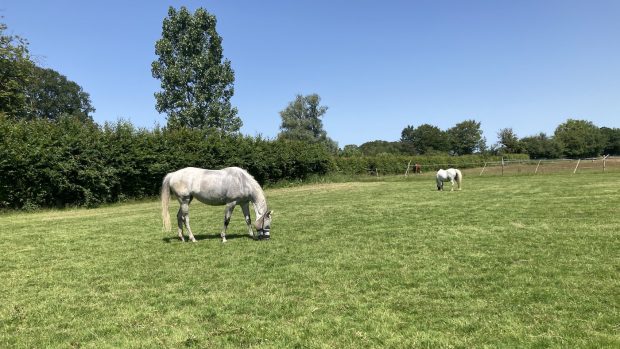Point-to-point trainer and rider David Kemp believes that keeping to a simple routine is the key to his success
Feed
We only feed nuts; all the horses are on Dodson & Horrell Country Cubes or a mixture of those and D&H racehorse cubes. Some horses can’t handle the higher protein in racehorse nuts and race entirely on Country Cubes, including one horse who won four out of five times last season.
All our horses are turned out every day after they’ve been ridden unless they have a problem that prevents this. I’m sure they wouldn’t perform to the same level if they weren’t.
In the winter they get hay in the field and in the stable. It comes from a trusted supplier in Lancashire and is really good quality.
It’s very important to check that the horses are drinking. I use heavy buckets, which are difficult to knock over. They’re cleaned out daily and topped up throughout the day.
Bedding
I use dust-extracted shavings on top of rubber mats and the boxes are fully mucked out each day. The shavings bill is huge, but I like them done well. Rubber mats give a cushioning effect between the bedding and the concrete floor and must be better for horses to lie down on.
Facilities
Every year, we make our own gallops on the farm. We have sandy soil and a couple of main fields where we put the canters. We ridge the field then clear it with special de-stoning equipment, as it used to be a potato field.
Tack
Each horse has its individual bit and bridle, so I know that anyone can tack it up and the fit will be correct. Bits are mainly different sorts of snaffles — I like Magenis snaffles with rollers for horses who tend to lean on you because nothing’s worse than seeing a neck stretched out and a horse not rounding and using itself properly.
One very strong horse goes in a three-ring Dutch gag. He was cutting the corners of his mouth in an ordinary snaffle because he pulled so hard, but in this he’s much better.
We use rubber bit-guards to prevent pinching and rubber-grip reins and running martingales are standard. Most horses have plain cavesson nosebands, though a few who open their mouths too much wear flash nosebands.
They race in the bits they wear at home — you don’t want to bit them too strongly in a race.
At home, they’re ridden in general-purpose saddles with PolyPads underneath for cushioning. A few horses have foam pads, which are also used for racing, and I use racing girth-guards to prevent the horses being pinched.
I ride my horses in races as well as train them, and at home, I’m the only one to use a racing saddle. It’s really a cross between a racing saddle and a hunting one, flat but substantial.
Again, every horse has a saddle that fits it as an individual, though one saddle might fit four or five horses.
This issue of “On the yard” was published in the 17 February 2005 issue of Horse & Hound



